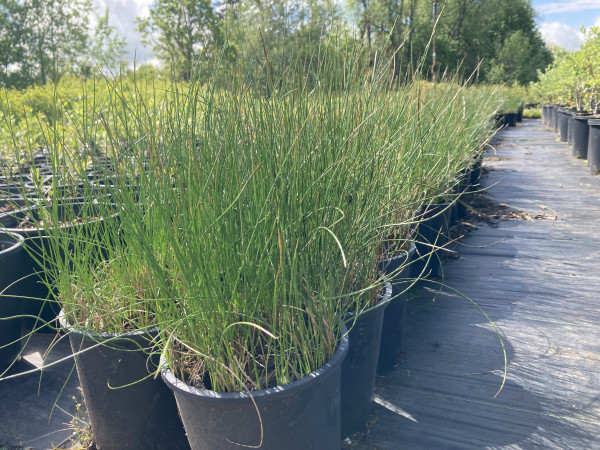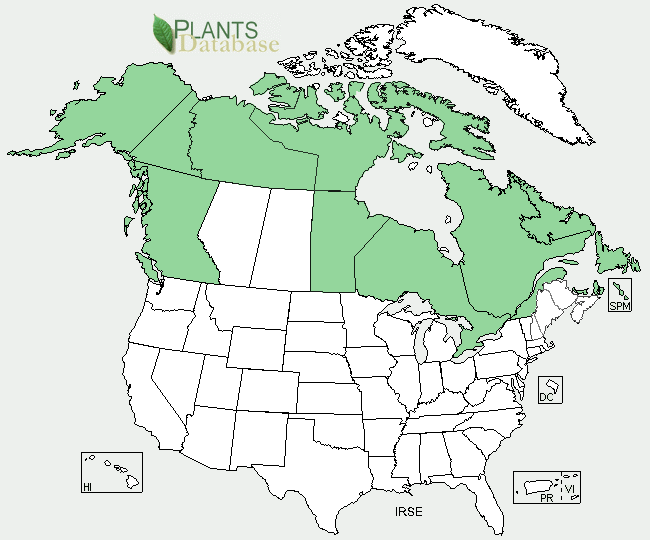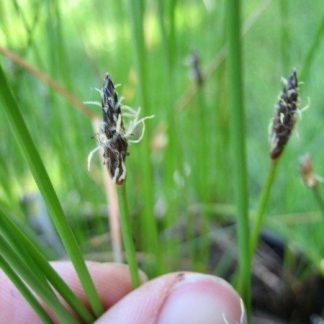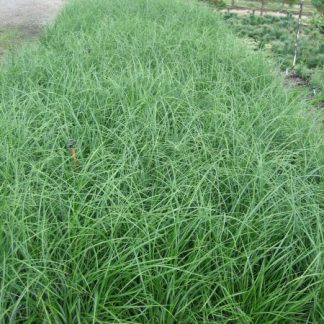Juncus balticus
Baltic rush
Habit: a vigorous perennial, with multiple stout stems arising from a thick horizontal rhizome. Juncus Balticus grows 4-40 inches tall and has mostly basal leaves, which are reduced to bristly sheaths. The inflorescence is short-branched and bears a round bract at the base. Flowers are many, loosely clustered on one side of the branches. The plant produces oval capsules full with small elliptic, seeds.
Ecology: usually found in scattered patches in salt marshes and wet meadows, sea beaches and sandy lake-shores, from low to mid elevations. Its native range is vast, extending from Alaska and British Columbia to most of northern and eastern Canada.
Growing conditions: it favors moist or wet soils and sun to partial shade. This species tolerates alkaline and saline soils.
In England, rushes have been used in church ceremonies and parades as an offering to saints. A religious festival known as Rushbearing is still carried out today, where villagers make shapes out of rushes and carry them around the towns. Juncus balticus have also been used by native people from Alberta for food and other purposes. The Blackfoot used the stems of the plant to make a brownish-green dye.
Juncus balticus is also classified as a subspecies of Juncus arcticus.
Specs
Herbaceous Perennial
4-40 inches (10-100 cm)
1-3 feet (30-91 cm)
3 to 7






